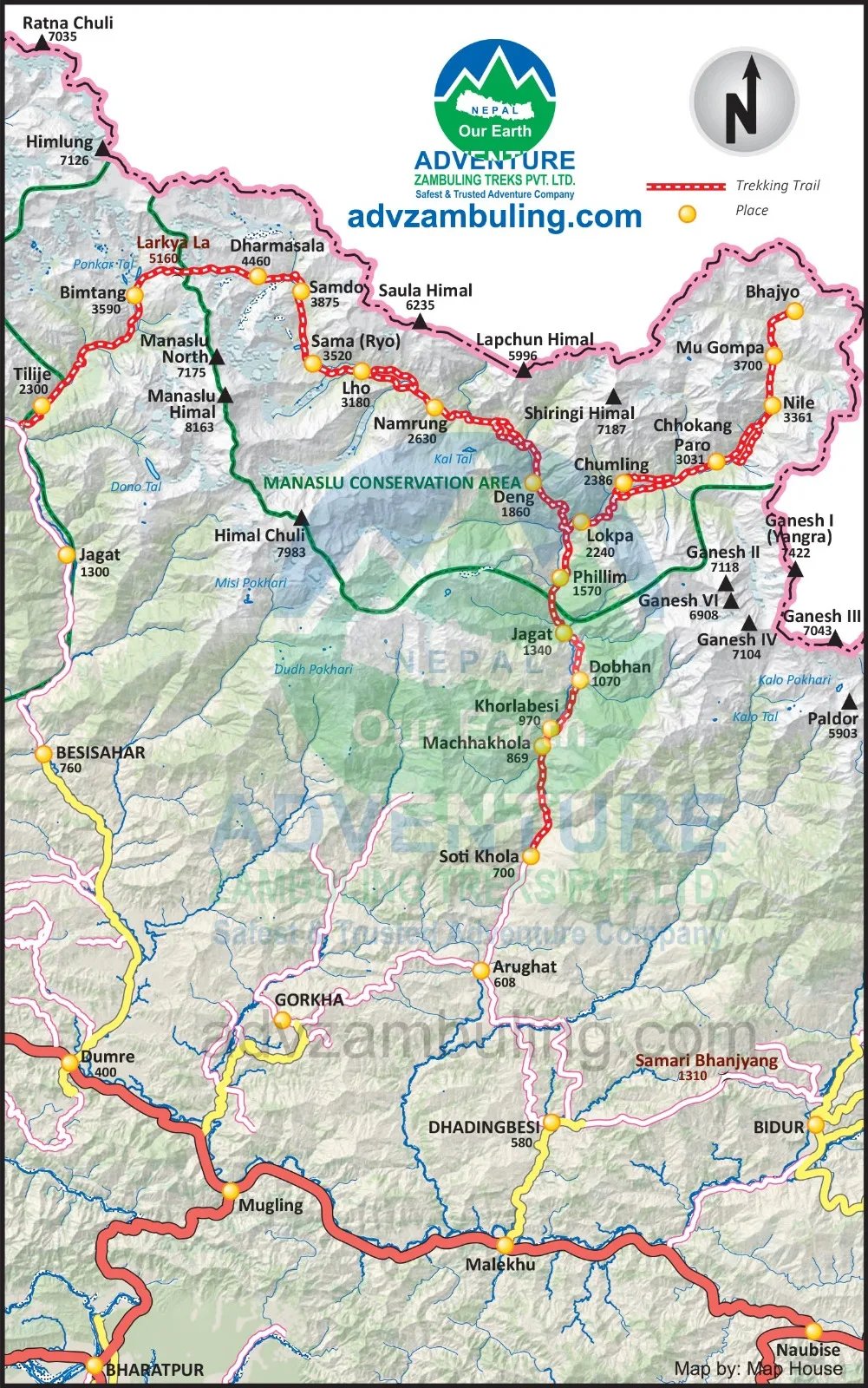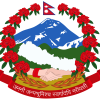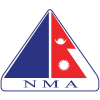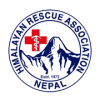Tsum Valley Trek
At a glance
- Trip Start: Kathmandu
- Trip End: Kathmandu
- Trek Start: Maccha Khola
- Trek End: Maccha Khola
- Maximum Altitude: 3700 m
- Group Size: 4-16
- Accommodation: Teahouse
- Meals: Standard
- Service: Full board
- Accommodation info: 4 nights hotel & 11 nights Lodge
Tsum Valley, a sacred Himalyan pilgrimage valley situated in Gorkha. Literally ‘Tsum’ means vivid. Against the majestic backdrop of the Ganesh Himal, Sringi Himal and Boudha ranges, this serene Himalayan Valley is rich in ancient art, culture and religion. Trails are strewn with artistic chortens and lined with mani walls made of thousands of stone slabs carved with drawing of deities and inscribed with prayers. The Tsum valley was totally restricted until it was opened for trekking in 2008, after which its resemblance to Shangri La was acknowleged by the world. This valley is also known as the hidden valley. Due to its remoteness and inaccessibilty, this sacred valley and its culture has remained intact. The valley is drained by the Shear Khola, which originates from the western glacier of Ganesh Himal and eastern and southern glaciers of Sringi Himal and meets the Budhi Gandaki at Nyak. This valley is uniquely rich in wildlife, especially the Himalayan Thar and Blue Sheep which congregate in herds of 50 to 200. Hunting and fishing is not permitted in the Tsum Valley. It also boasts some unique and historic monasteries, including Rachen Gumba and Mu Gumba, which lie on a pretty plateau nestled in the lap of the valley, and Gumba Lungdang, situated at the base of a conical hill against the main slope of Ganesh Himal.
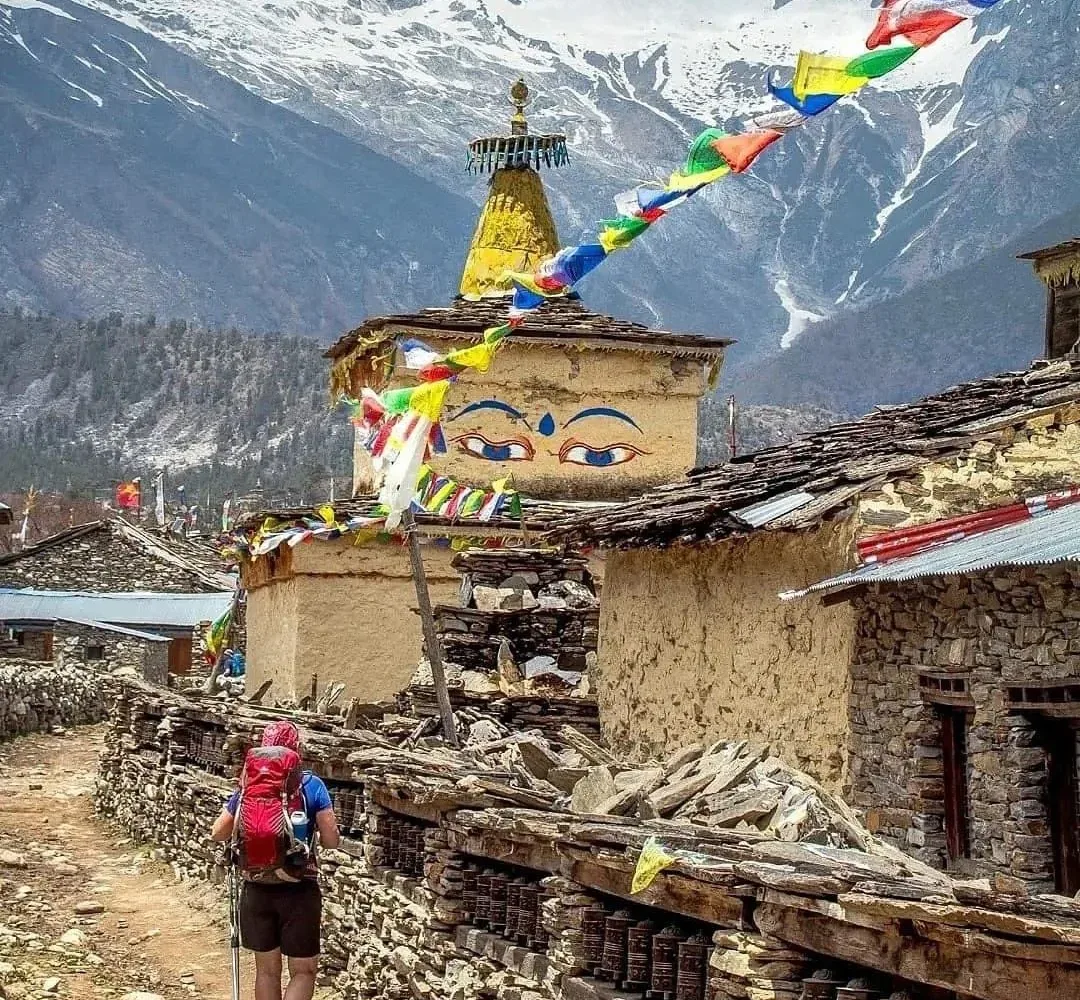
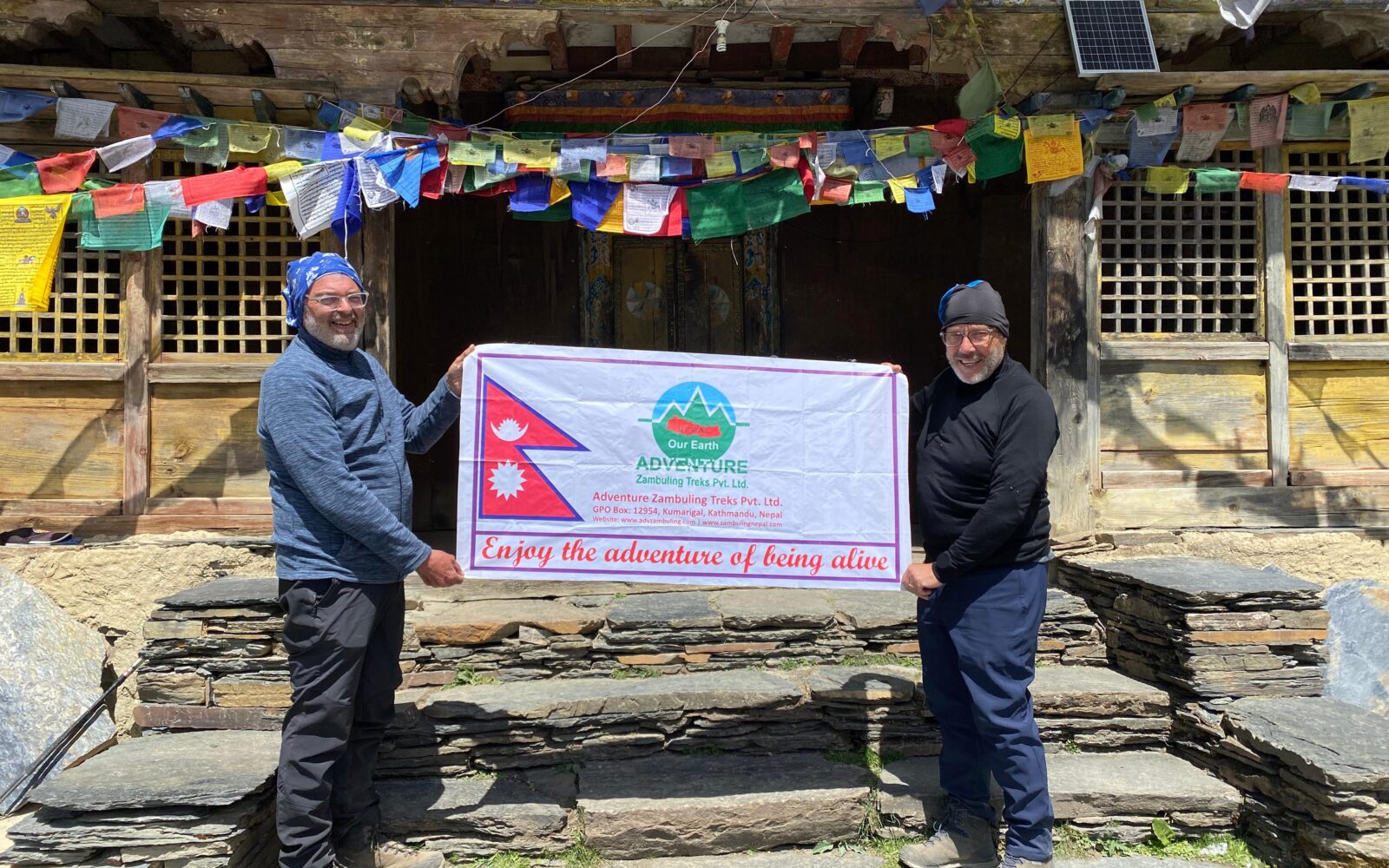
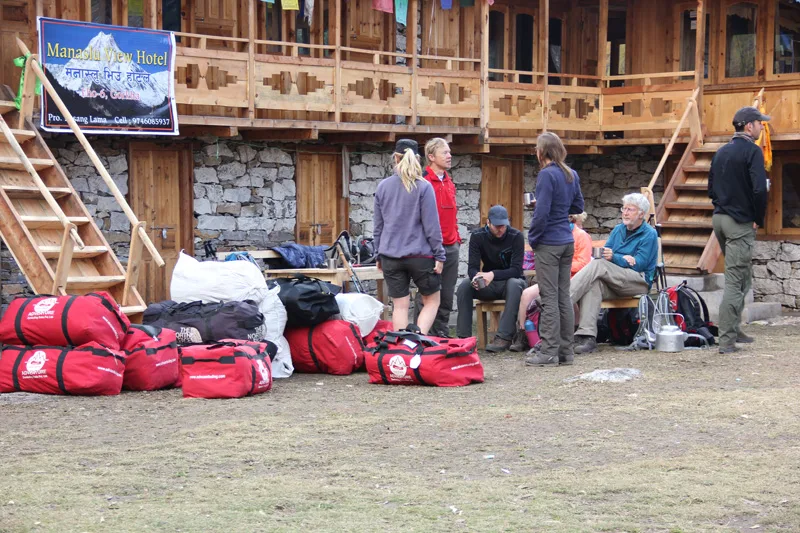

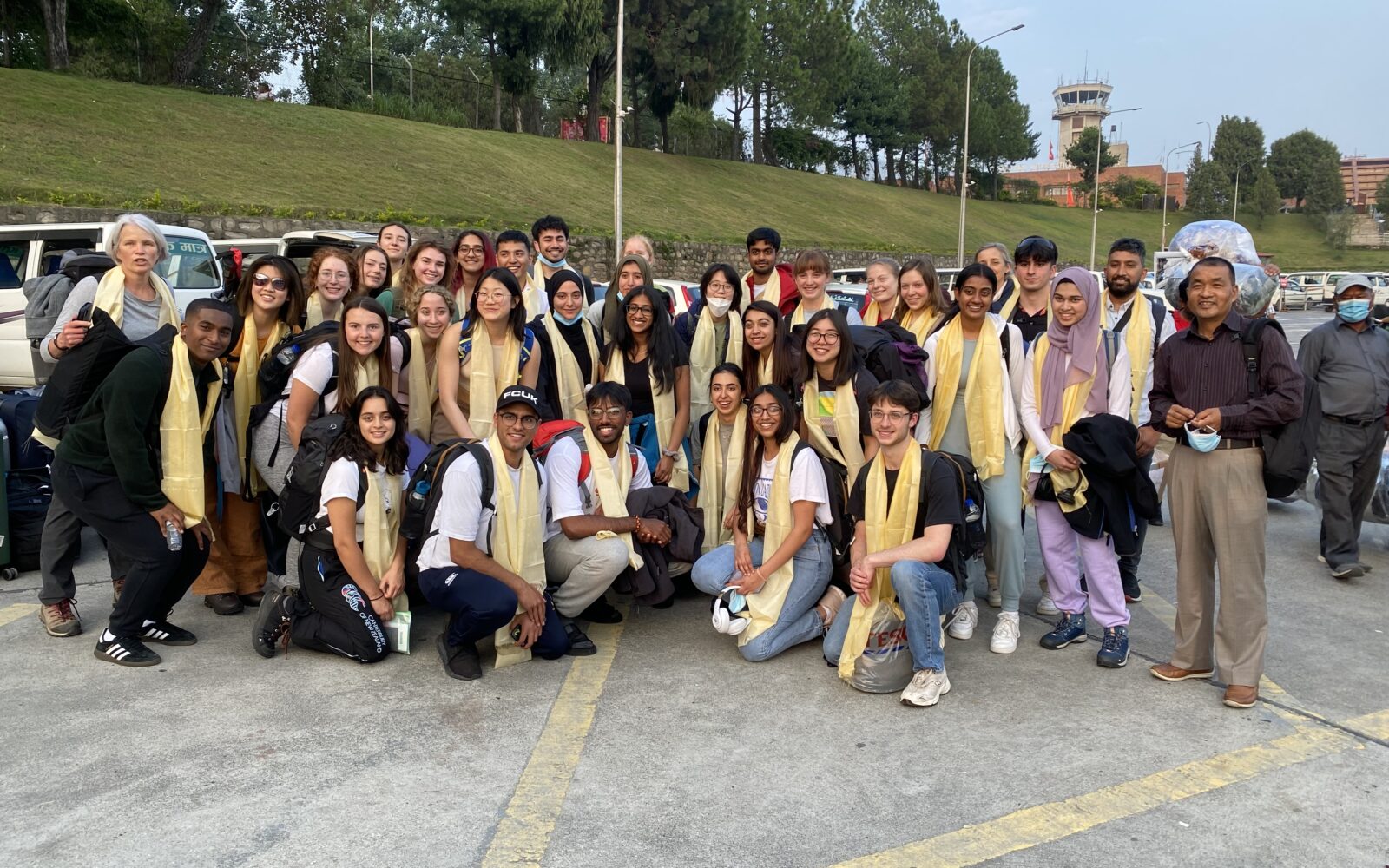
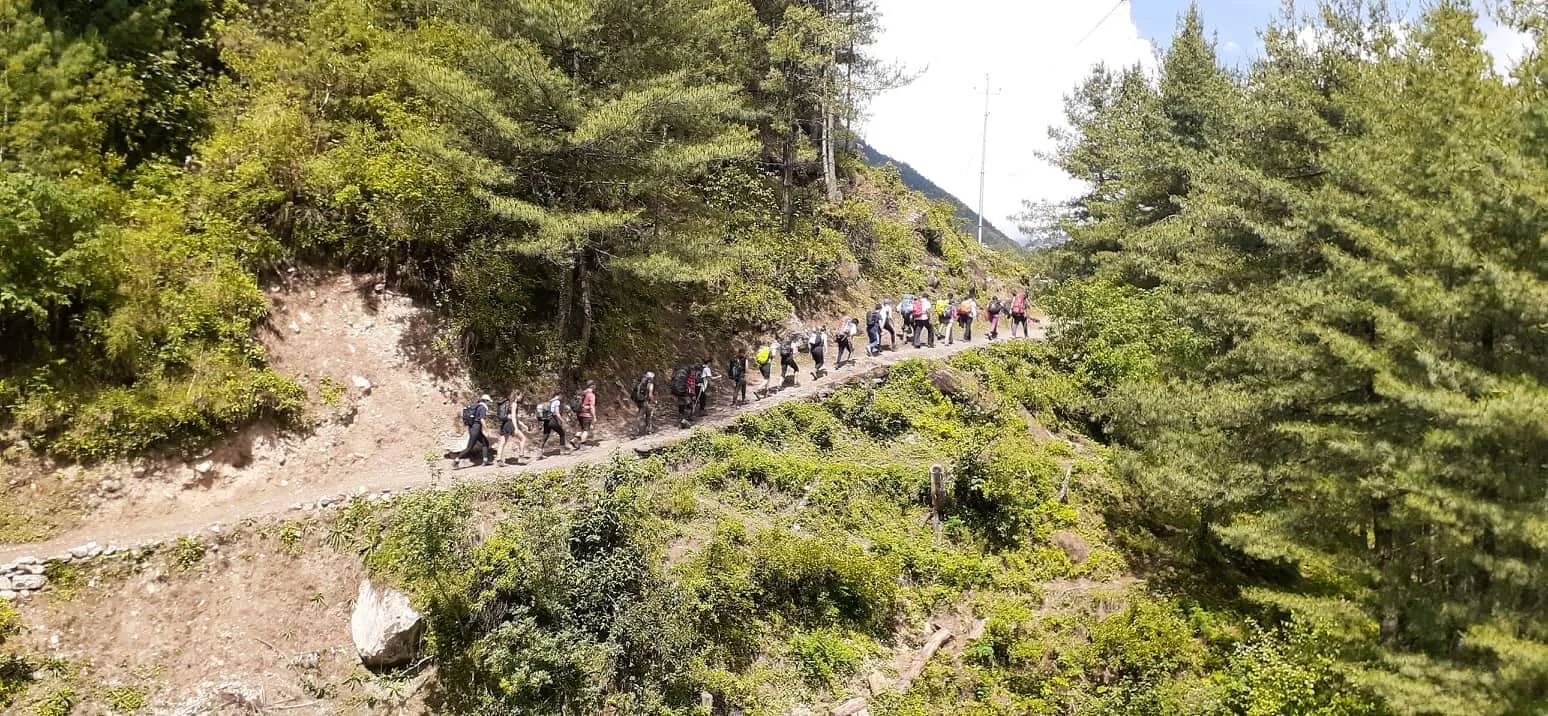
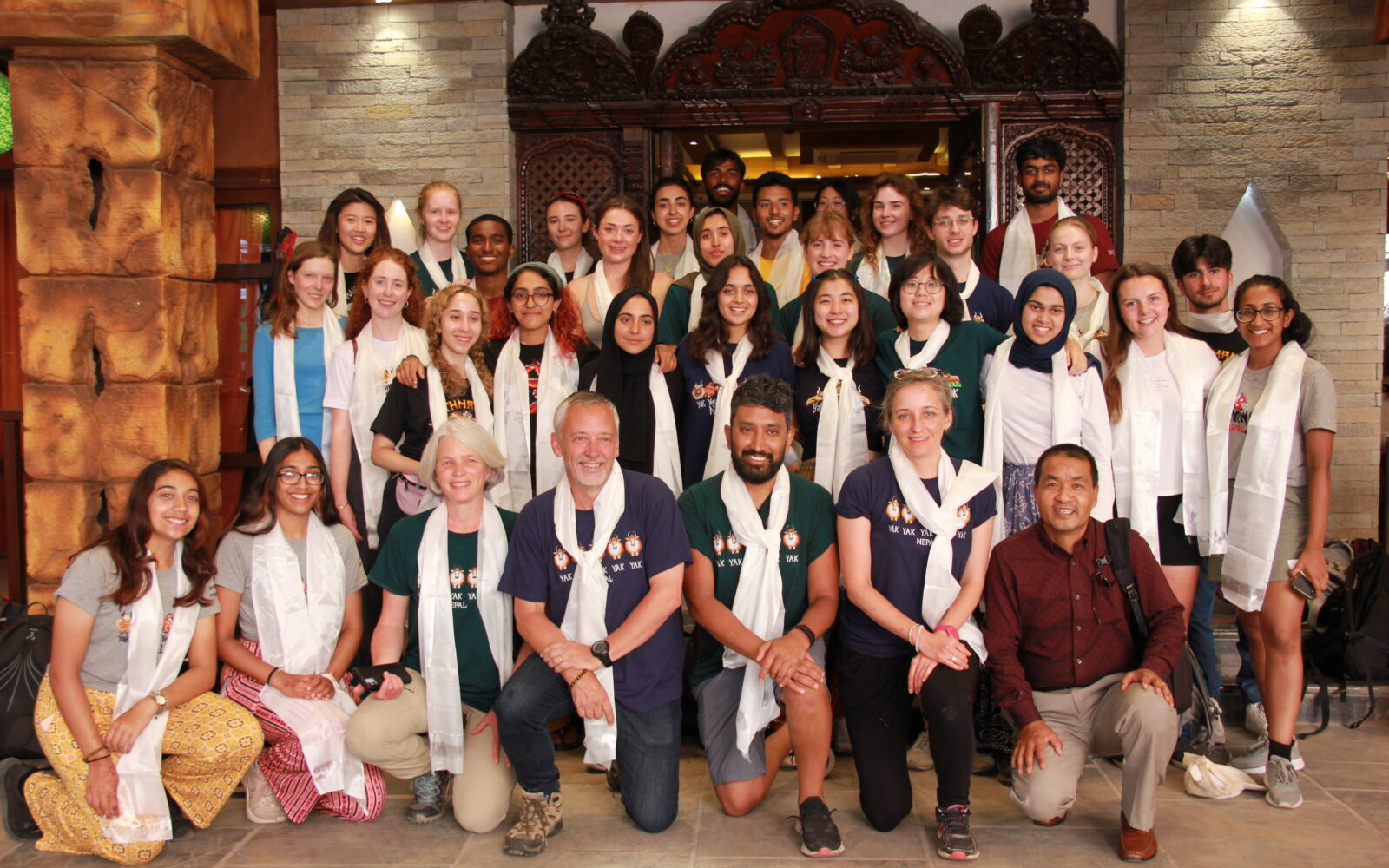

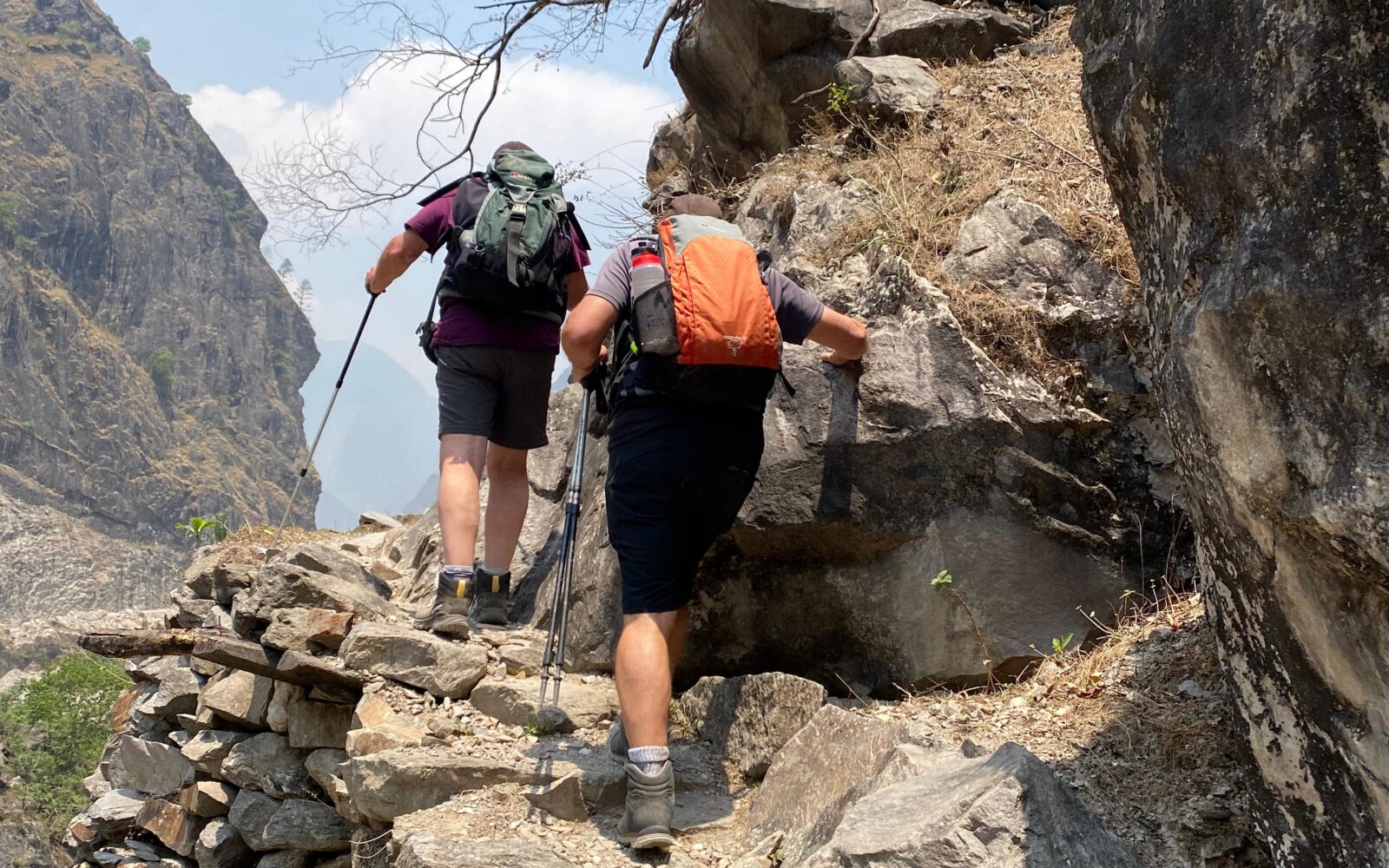
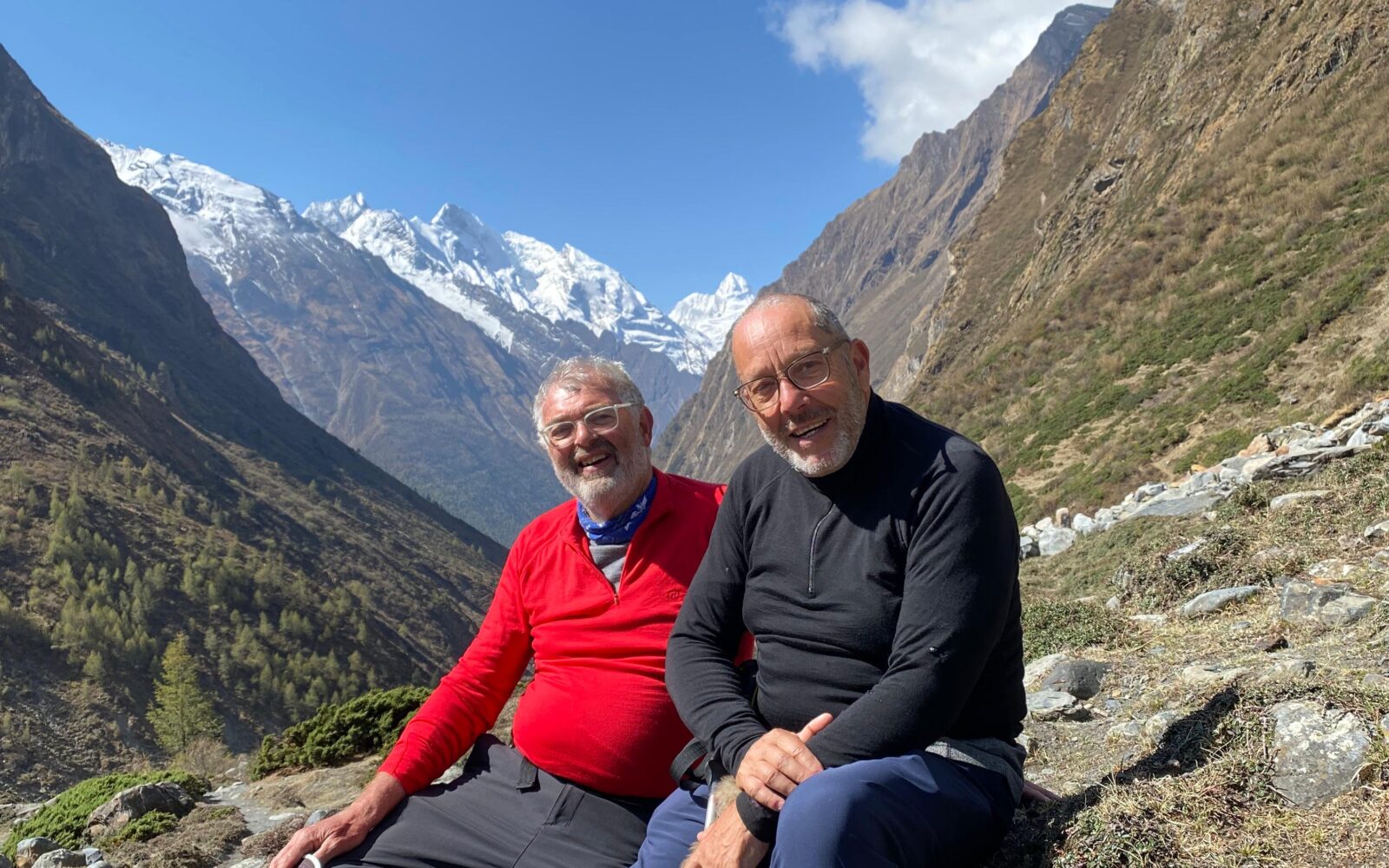
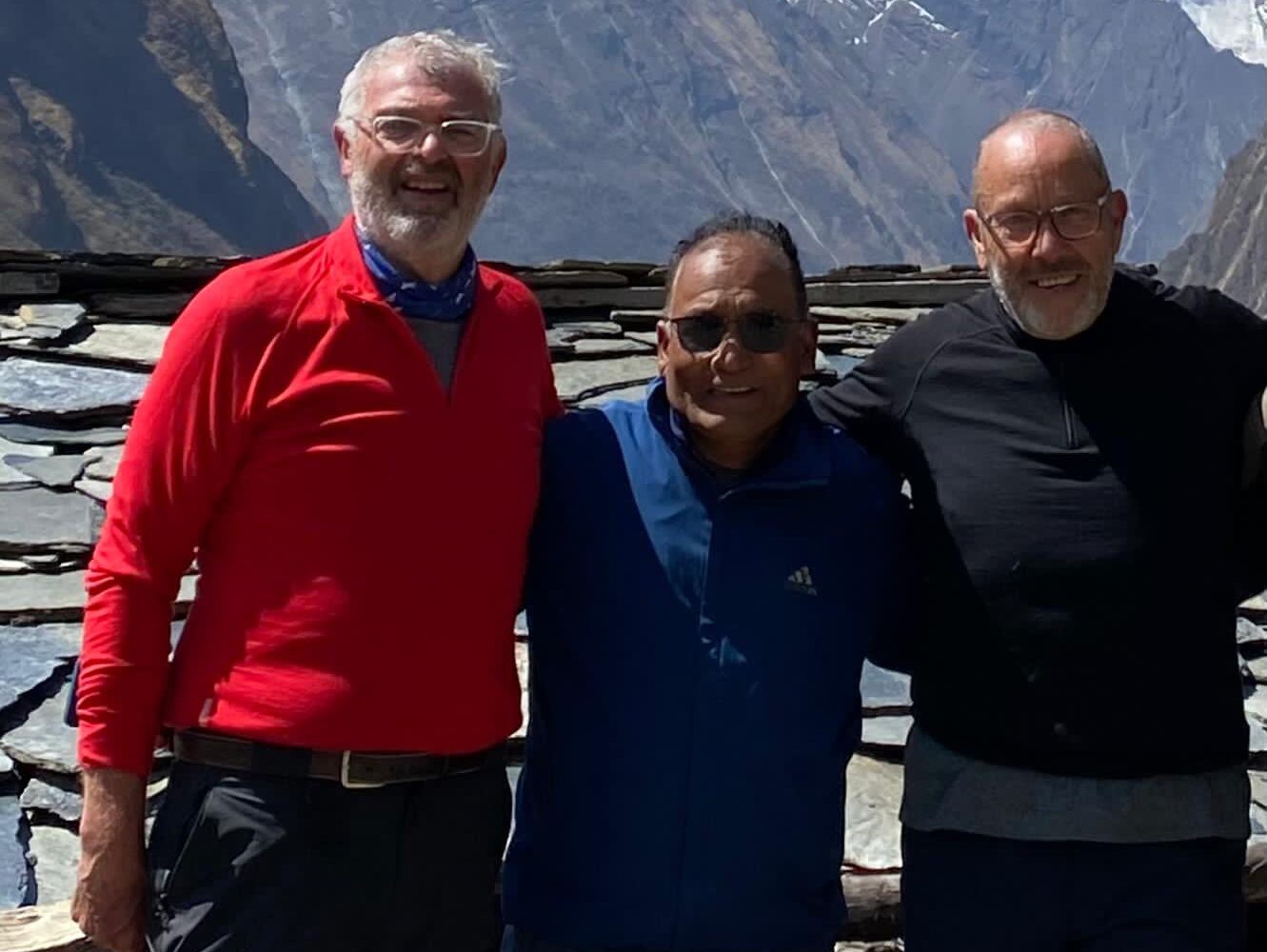
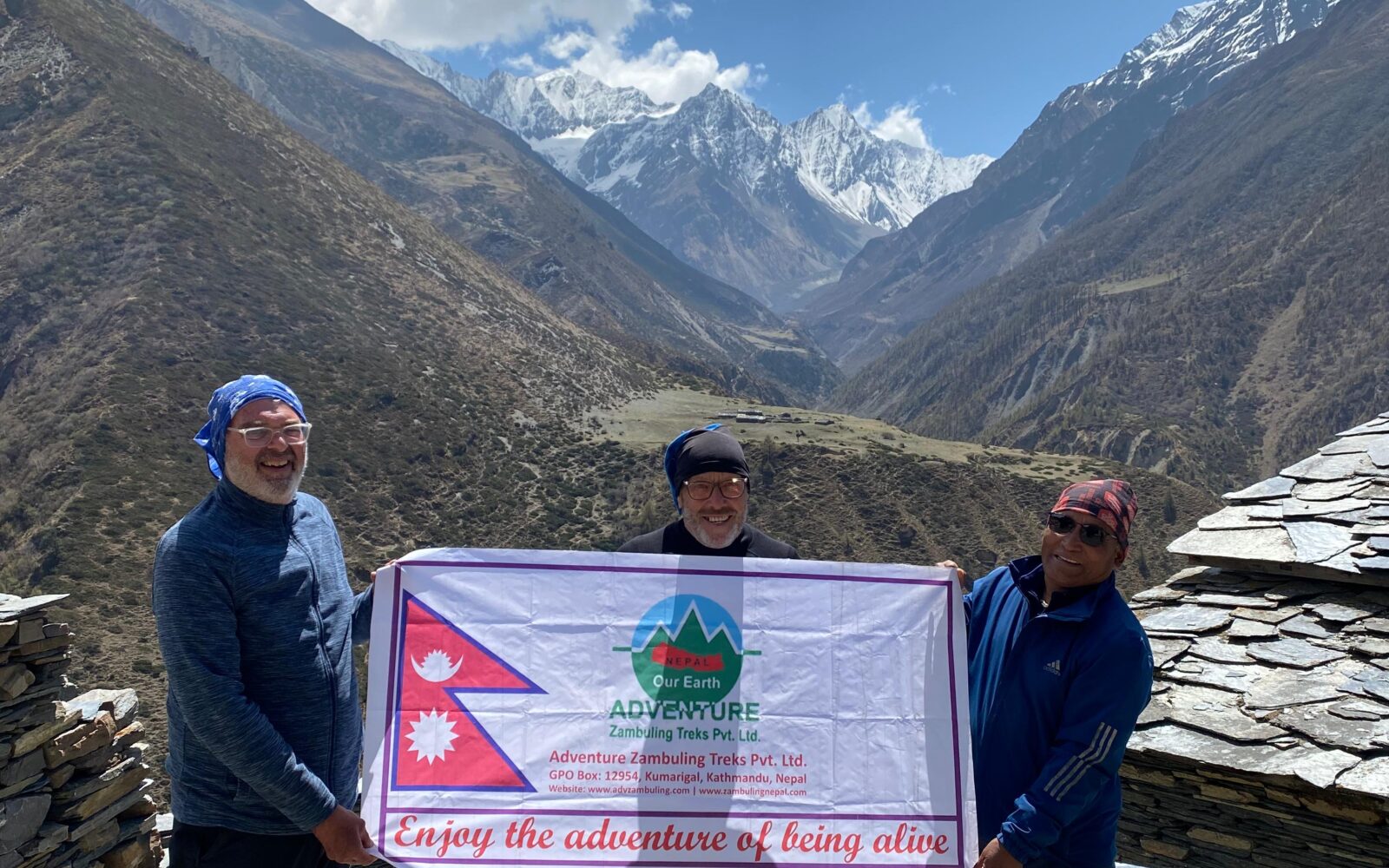
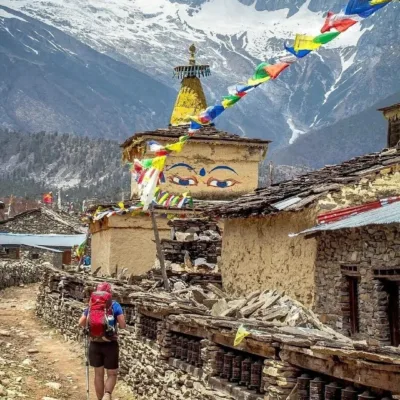
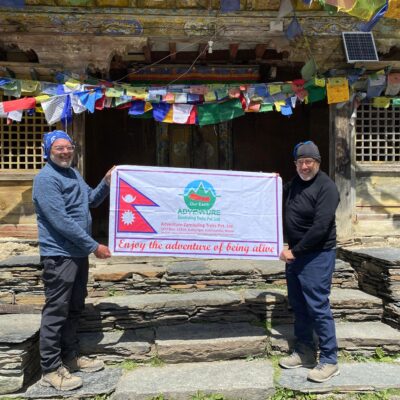
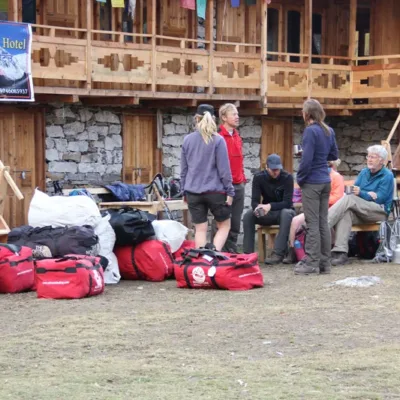

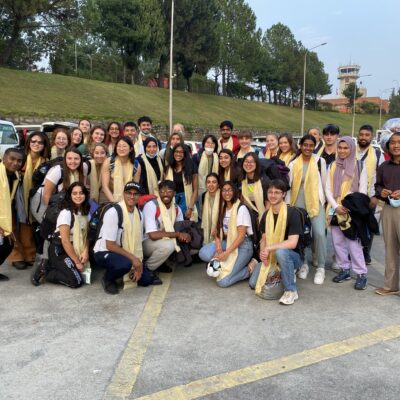
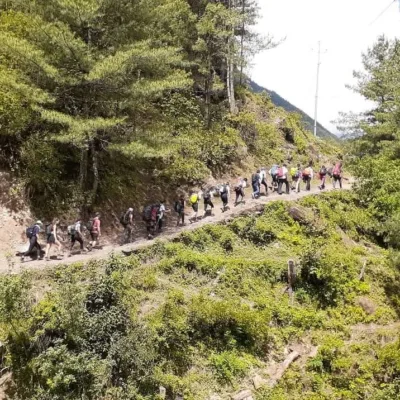

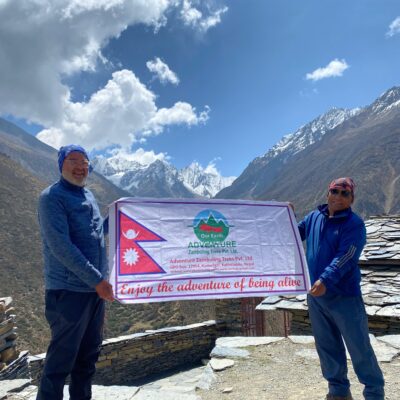
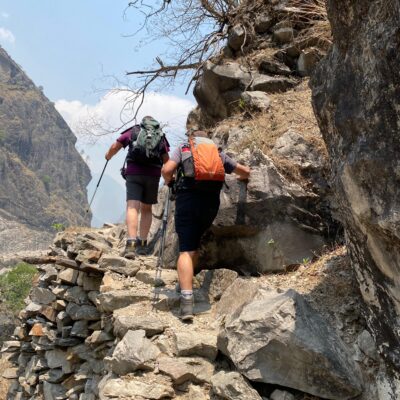
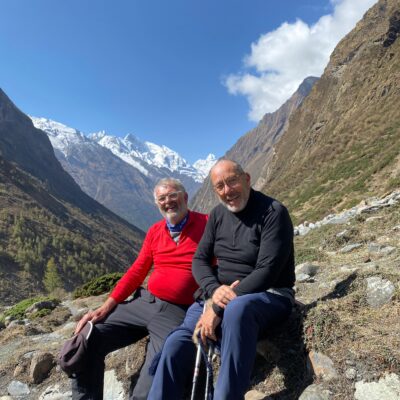
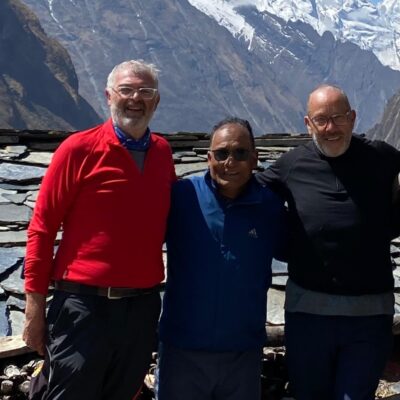
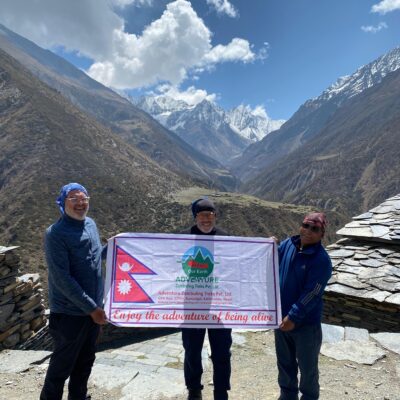
 Moderate
Moderate 